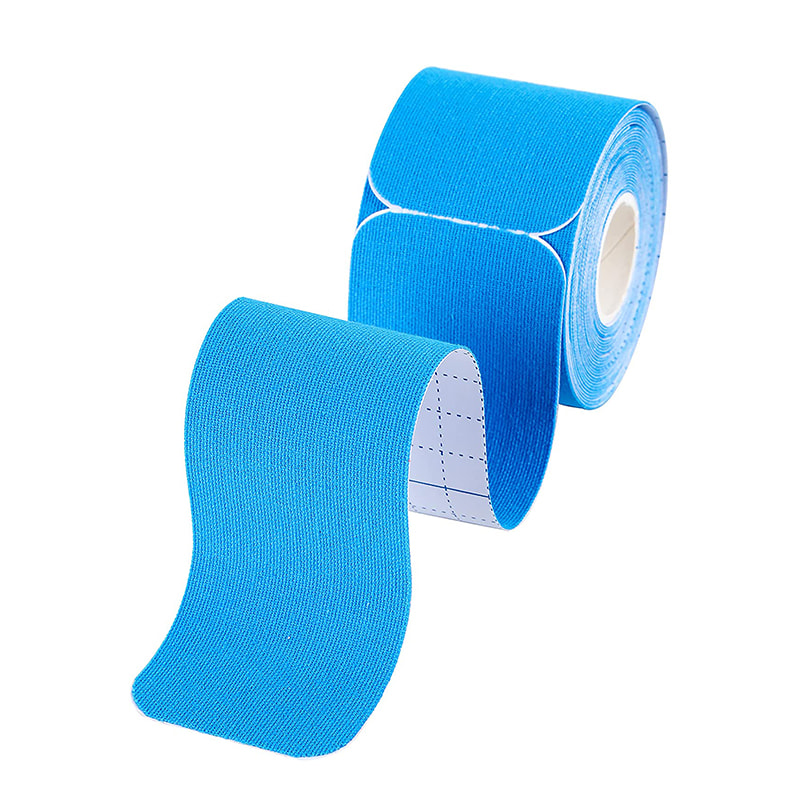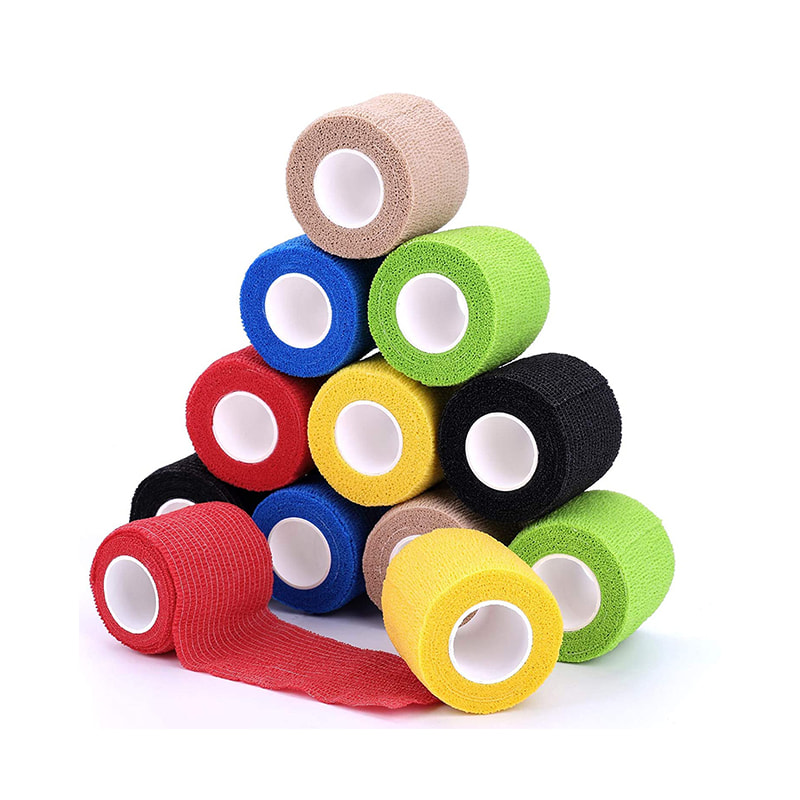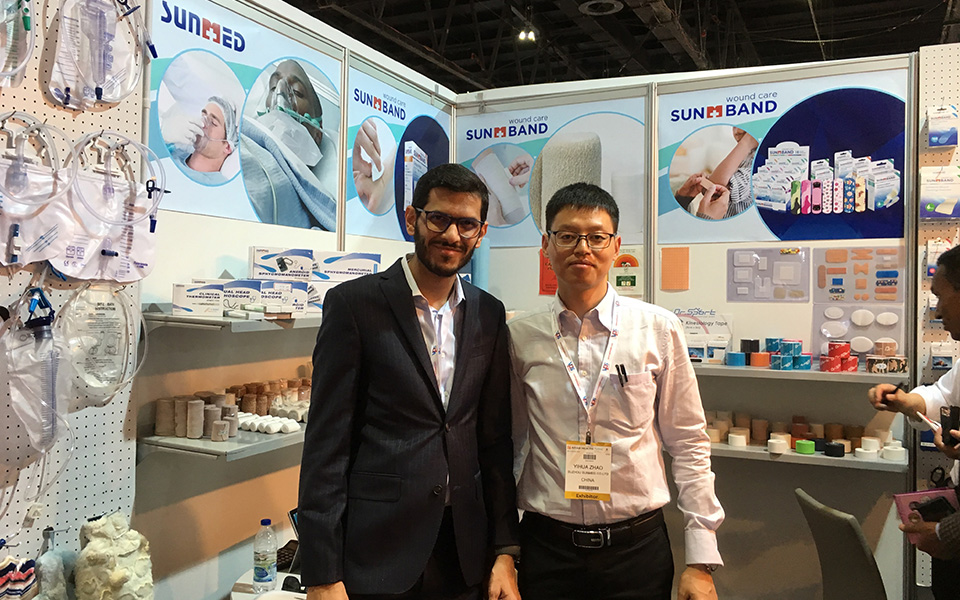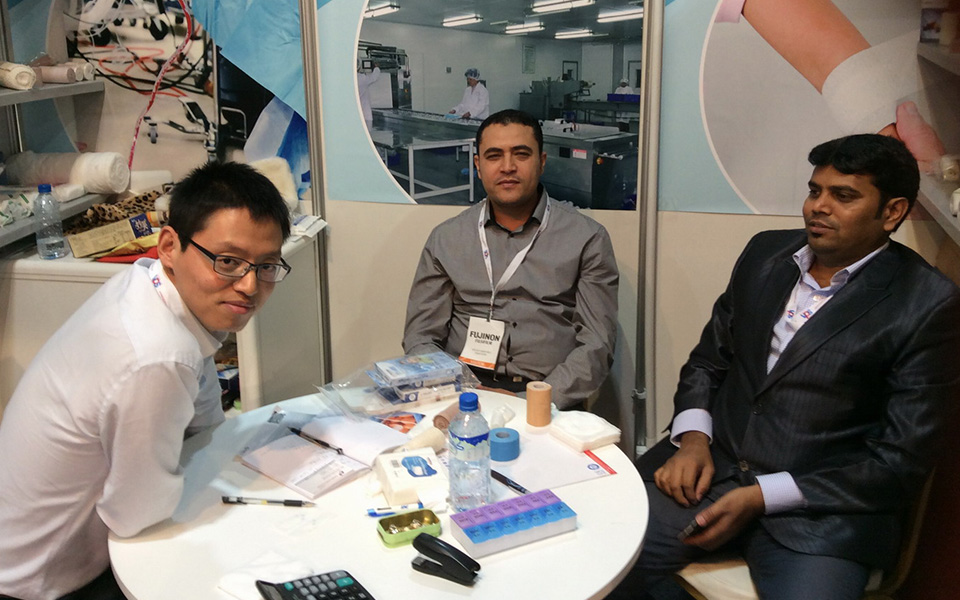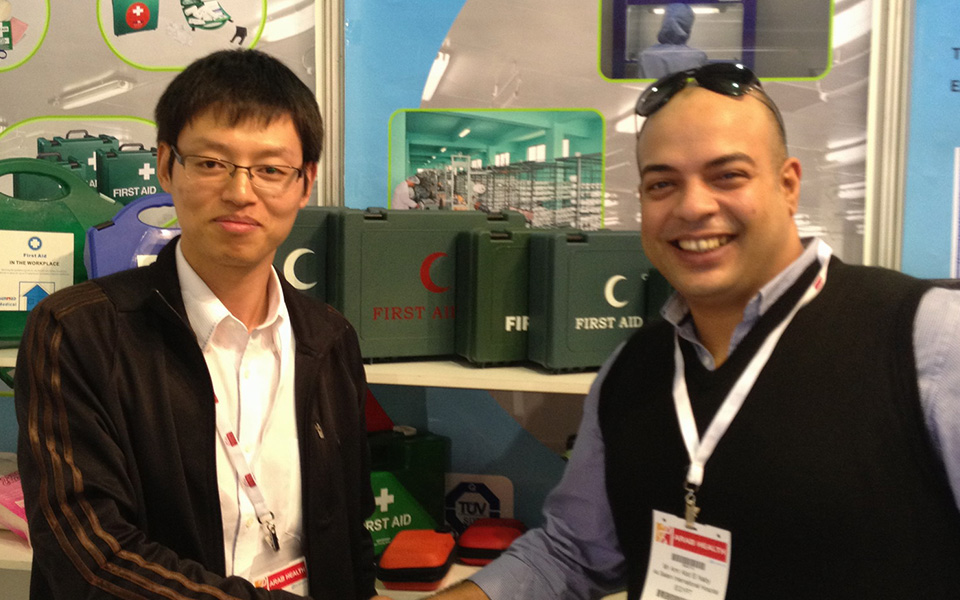Gauze is a versatile material in the medical field, used for a variety of purposes due to its absorbent, breathable, and non-adherent properties. Here are some common medical situations where gauze is used, along with best practices for its application:
Common Medical Uses of Gauze:
Gauze is used to cover and protect wounds, helping to keep them clean and dry while allowing for the monitoring of healing progress. It is used to secure bandages, wraps, or dressings in place, providing support and compression where needed.Gauze can absorb fluids from wounds, such as blood or exudate, helping to keep the surrounding area clean.
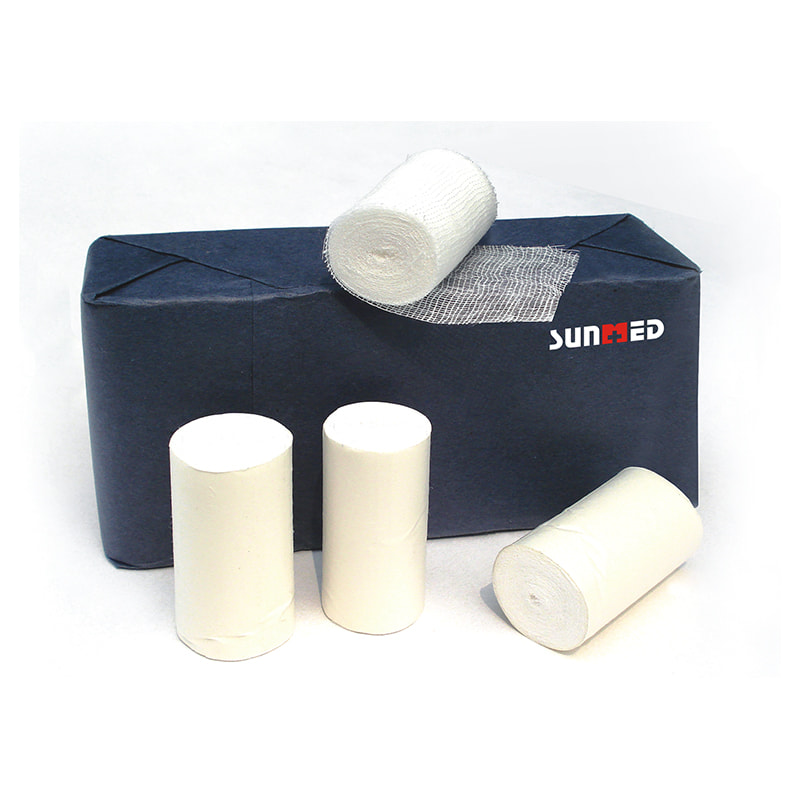
In some cases, gauze is used to perform a blanch test, where pressure is applied to check for adequate blood circulation.Specialized gauze, such as those with silver, can be used for burn dressings to help prevent infection.Gauze swabs are used by surgeons to clean and dry areas during surgery.
Sterile gauze pads can be used to cover the eyes for protection during certain medical procedures.Gauze can be used to help immobilize injured body parts, such as sprained ankles.
Practices for Gauze Application:
Sterilization: Always use sterile gauze to prevent the introduction of bacteria into the wound.
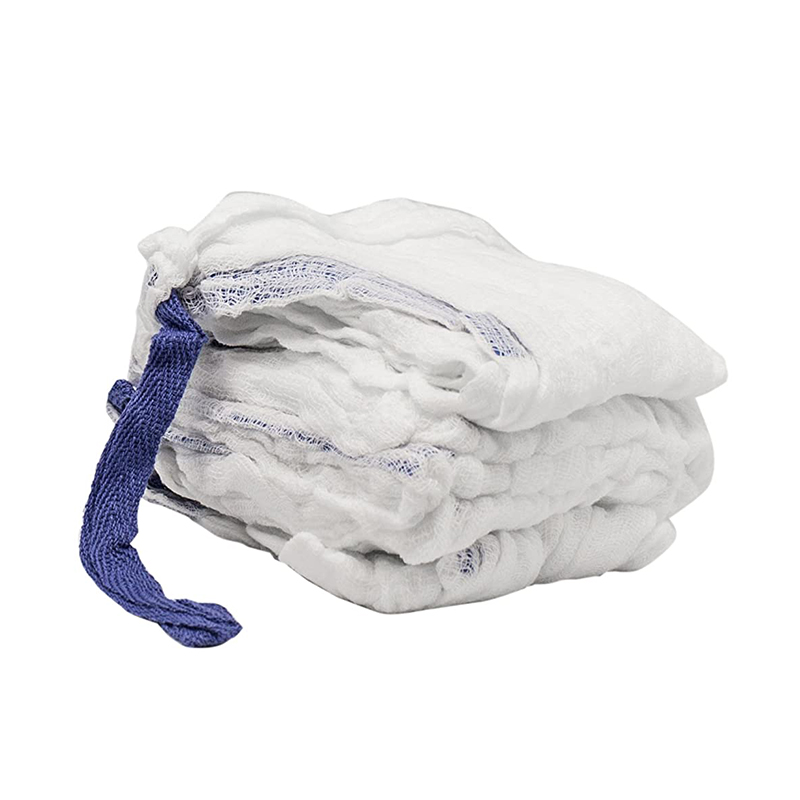
Assessment: Before applying gauze, assess the wound for signs of infection, such as redness, swelling, or discharge.
Cleaning: Clean the wound gently with a mild antiseptic solution before applying the gauze.
Layering: Apply multiple layers of gauze if necessary to absorb excess fluid, but avoid over-padding which can cause pressure on the wound.
Securing: Secure the gauze with medical tape or a bandage, ensuring it is snug but not too tight to restrict blood flow.
Non-Adherent: Use non-adherent gauze for wounds with exudate to prevent the gauze from sticking to the wound bed.
Regular Inspection: Check the dressing regularly for signs of infection or the need for replacement.
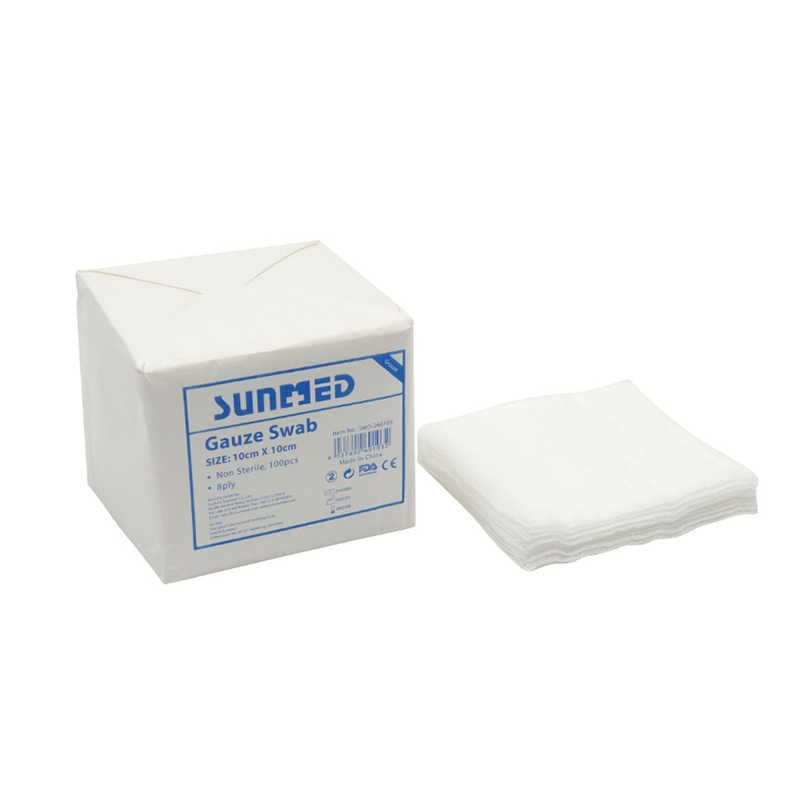
Moist-to-Dry Technique: For some wounds, a moist-to-dry dressing technique may be used, where a moist gauze is applied and allowed to dry, then removed to help remove debris from the wound.
Moist-to-Moist Technique: Alternatively, a moist-to-moist technique can be used, where a moist gauze is applied and left in place to maintain a moist environment, promoting healing.
Educate patients on the importance of proper wound care and the signs of complications to watch for.
Keep accurate records of wound appearance, dressing changes, and any patient-reported symptoms.
Follow the guidance of healthcare professionals regarding the type of gauze and dressing technique to use for specific types of wounds.
Gauze is a simple yet critical component in wound care and various medical applications. Adhering to best practices ensures that it is used effectively and safely, promoting healing and preventing complications.
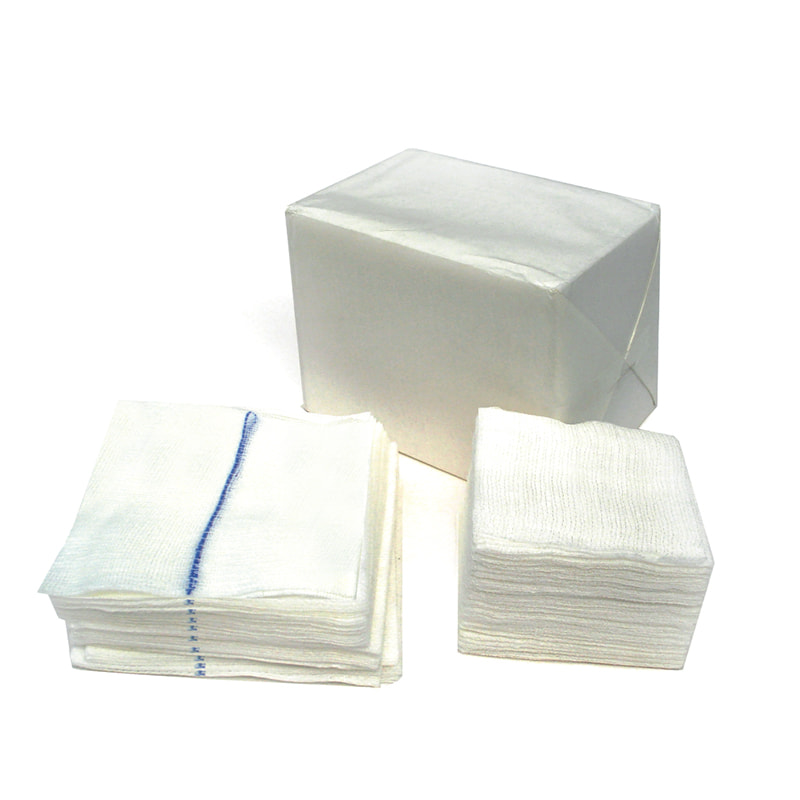

 English
English Español
Español русский
русский Français
Français Deutsch
Deutsch By Admin
By Admin



